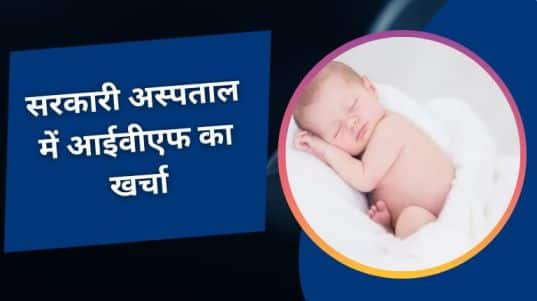Overbite vs Overjet: What’s the Difference and which one should you choose?
When it comes to your teeth, there are two types of overbite that you can have – an overbite with a higher incisor and overjet or an overbite with a lower incisor and underjet. In this article, I go into detail about what each one is, which one you should choose and why, as well as trying to spot the difference between them.
‘Overbite’ means that your top teeth are pushed forward
To many people, overbite and overjet are interchangeable terms. Still it is important to understand that they are not the same thing. Overbite refers to when your upper incisors (the front teeth) push forward out of alignment with your lower incisors (the back teeth). Overjet refers to the gap between your upper and lower teeth.
‘Overjet’ means that your bottom teeth are pushed forward
The overjet is the difference between your bottom teeth and your top teeth. There’s a lot of variation even in good-looking people, so it can be difficult to determine which one you are. But what is important is that you make sure your overjet isn’t larger than 2 mm at the front.
Overbite vs Overjet: Which one is right for you?
Overbite and overjet are terms used to describe the distance between the front teeth and the bottom lip. The overbite is when the front teeth are pushed more forward than normal, causing a gap in the lower front teeth. On the other hand, an overjet is when these two areas of your mouth meet with no space between them. It’s important to know which one you have before making any decisions about your dental work.
How can you determine whether or not you have an overbite or overjet?
An overbite or overjet is a type of malocclusion. It occurs when the upper teeth grow in front of the lower teeth and causes a gap between them. The most common signs of an overbite are crowding, overlapping, and gaps between your front teeth. If you have an overbite, it can be corrected by wearing a retainer or orthodontic treatment. An overjet is different in that it is caused by your upper jaw growing too far forward resulting in your lower teeth crossing behind and sometimes even contacting your upper lip.
Conclusion
Overbite:
Overjet:
Up until the 1930s, when an average of one in a hundred people had an overbite, and not nearly as many had an overjet. Despite the number of people with overbites, the term ‘overbite’ is now usually used to describe someone with a receding jawline.


